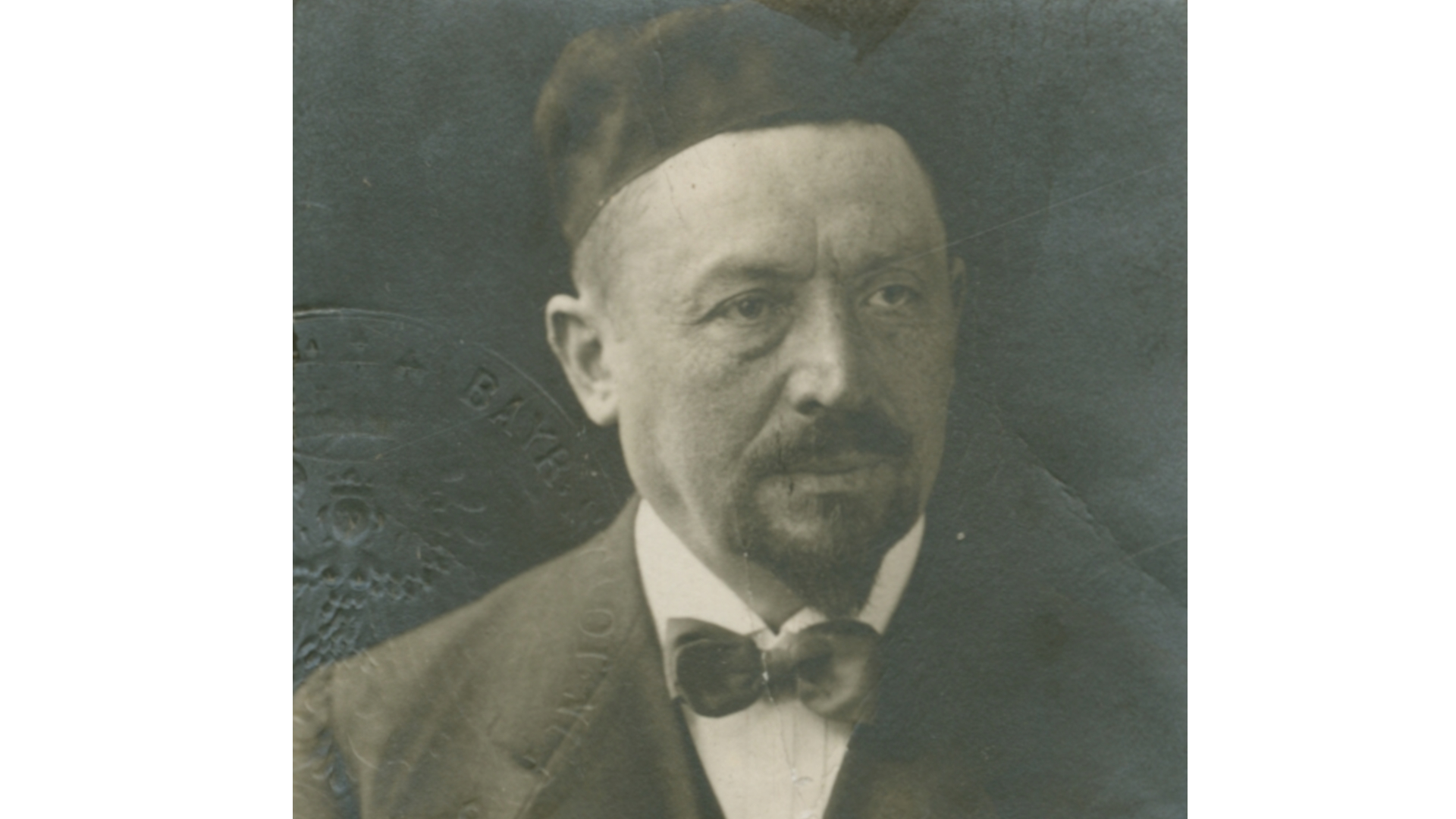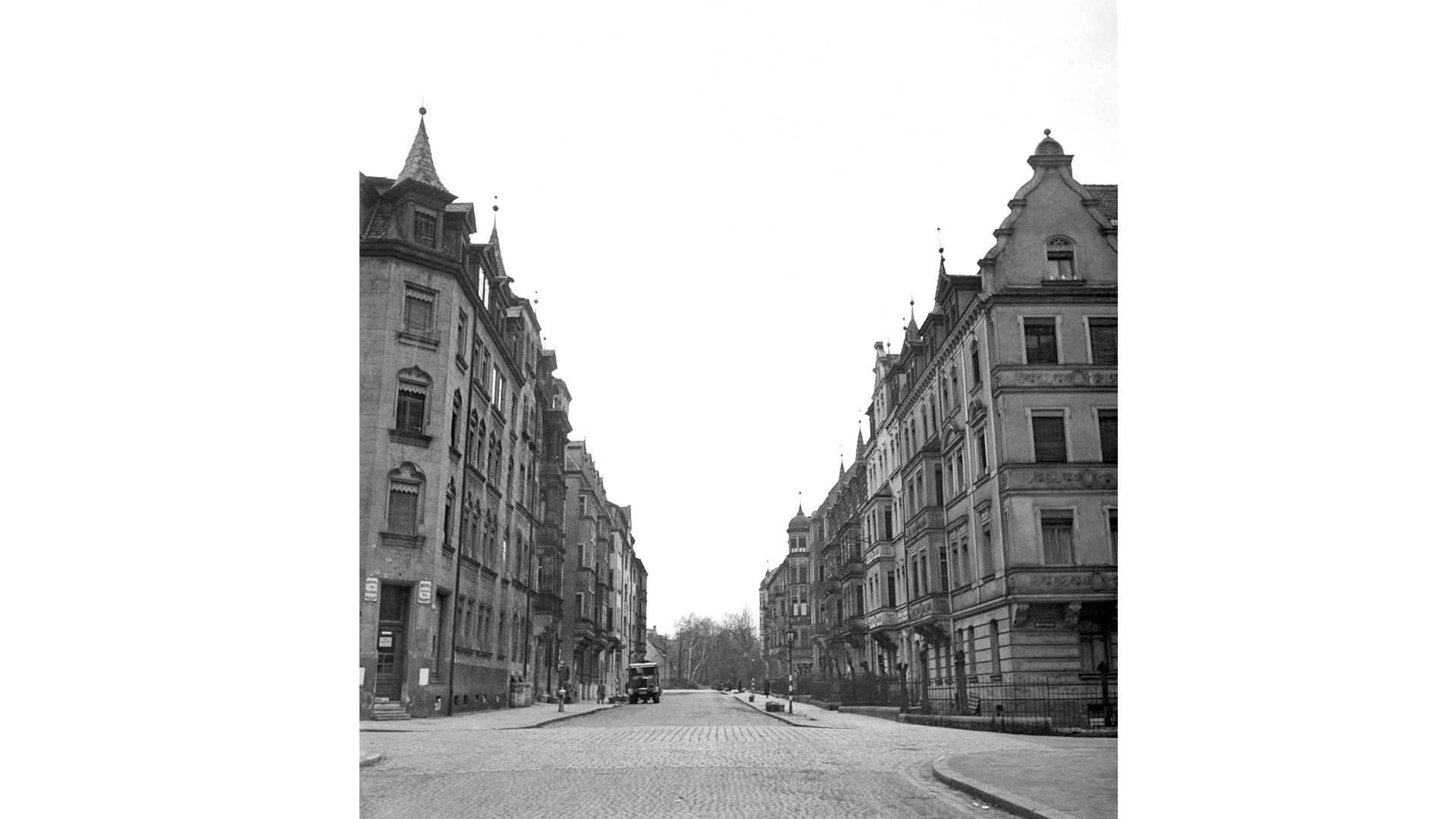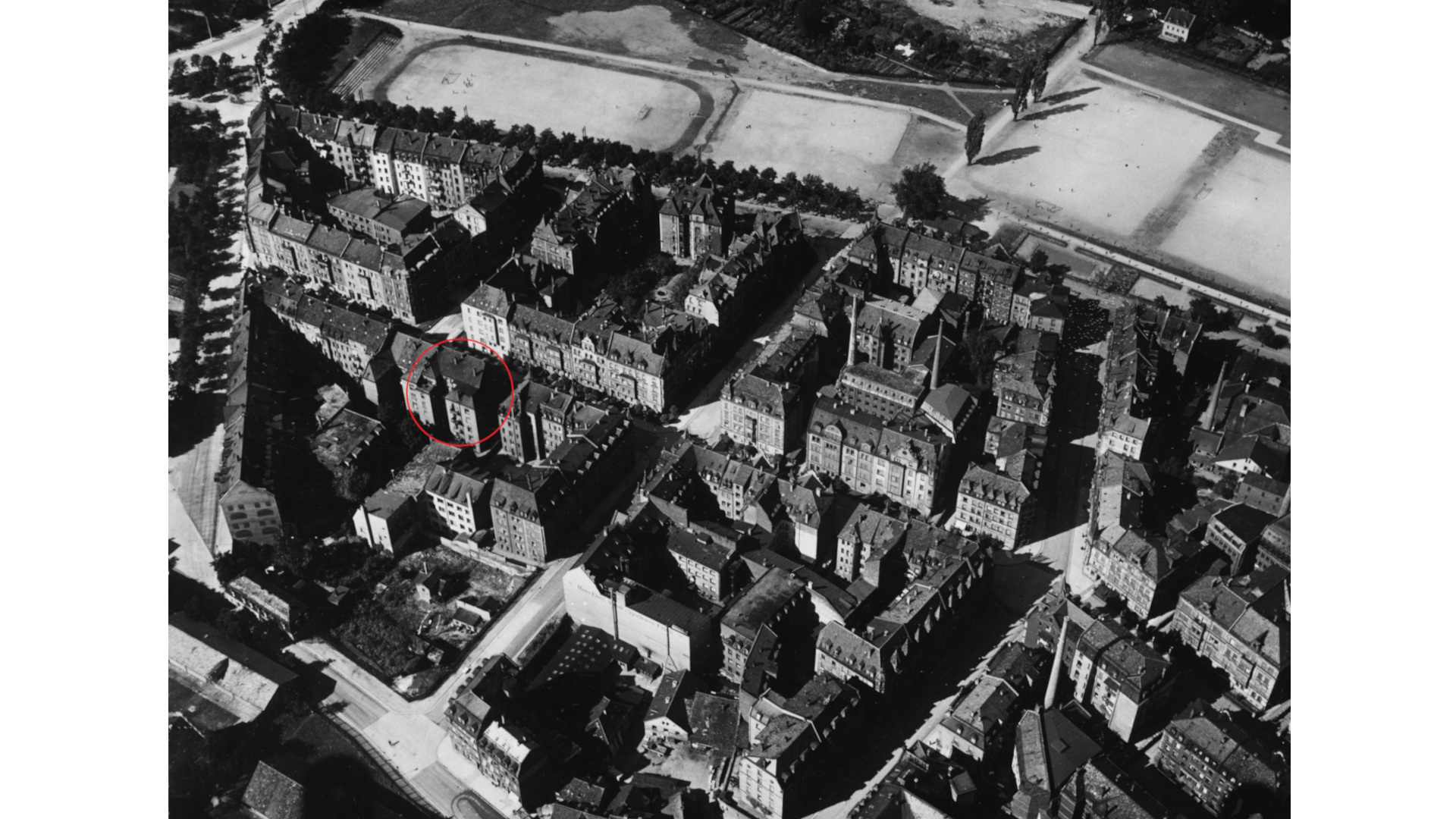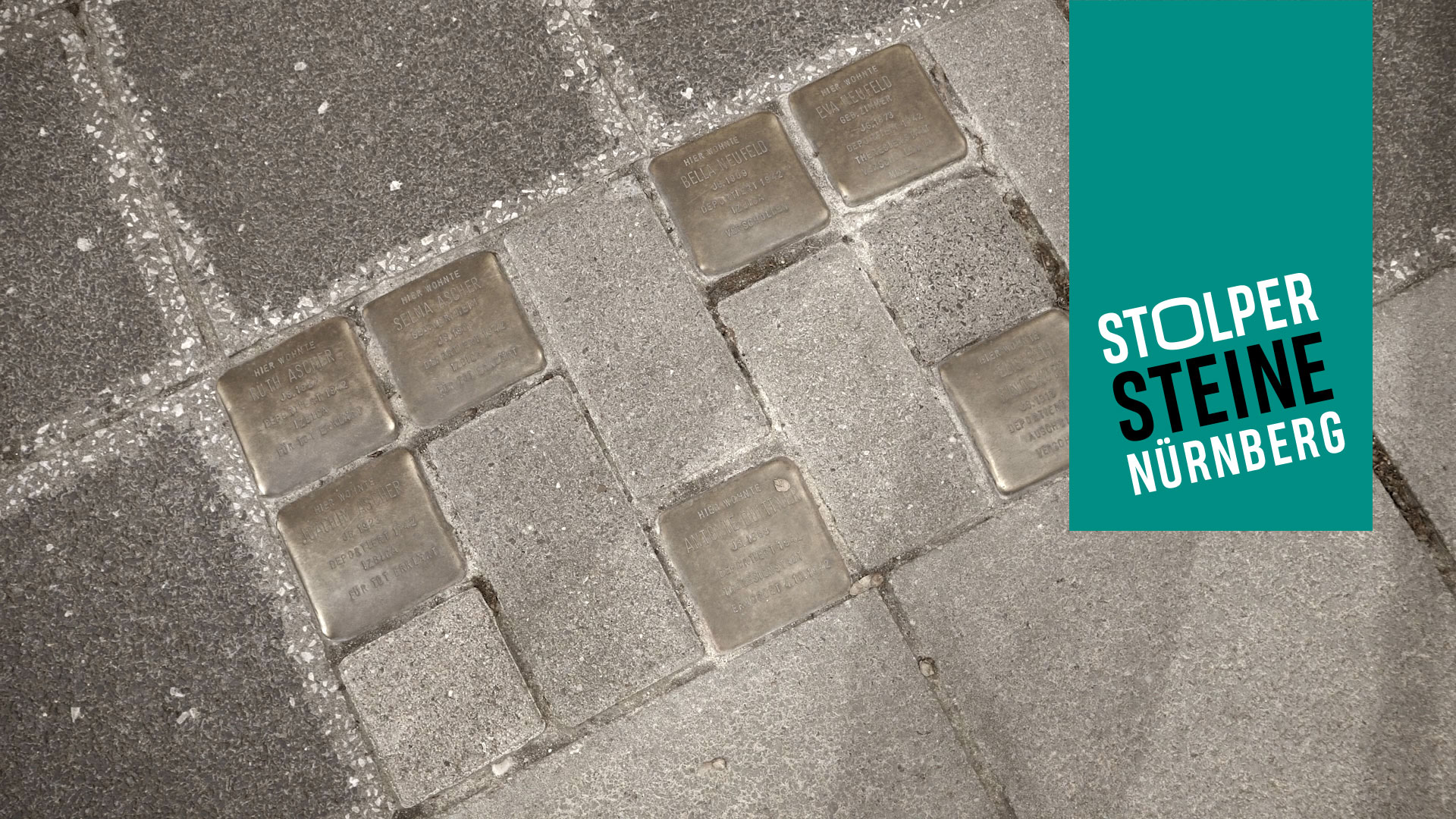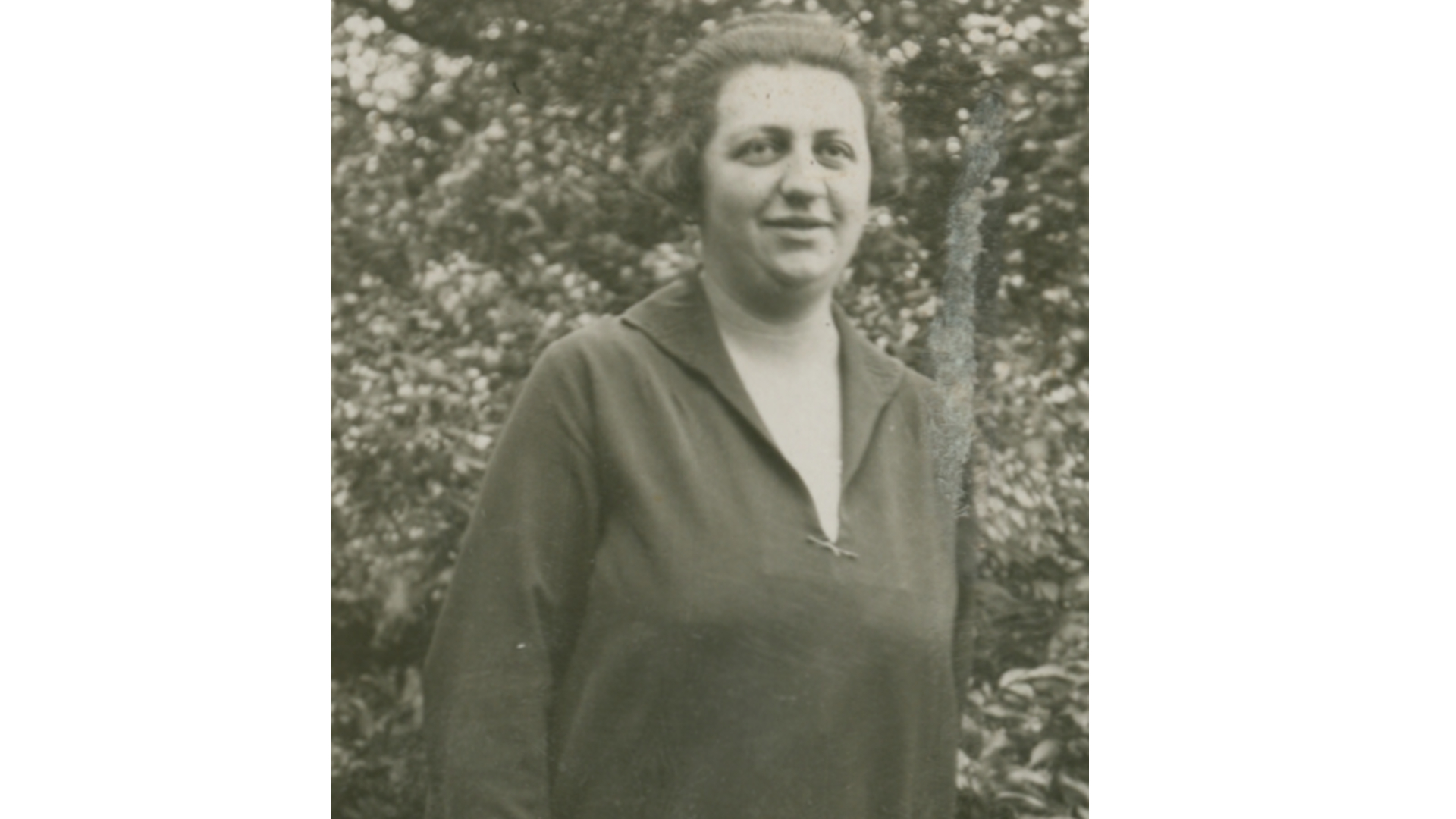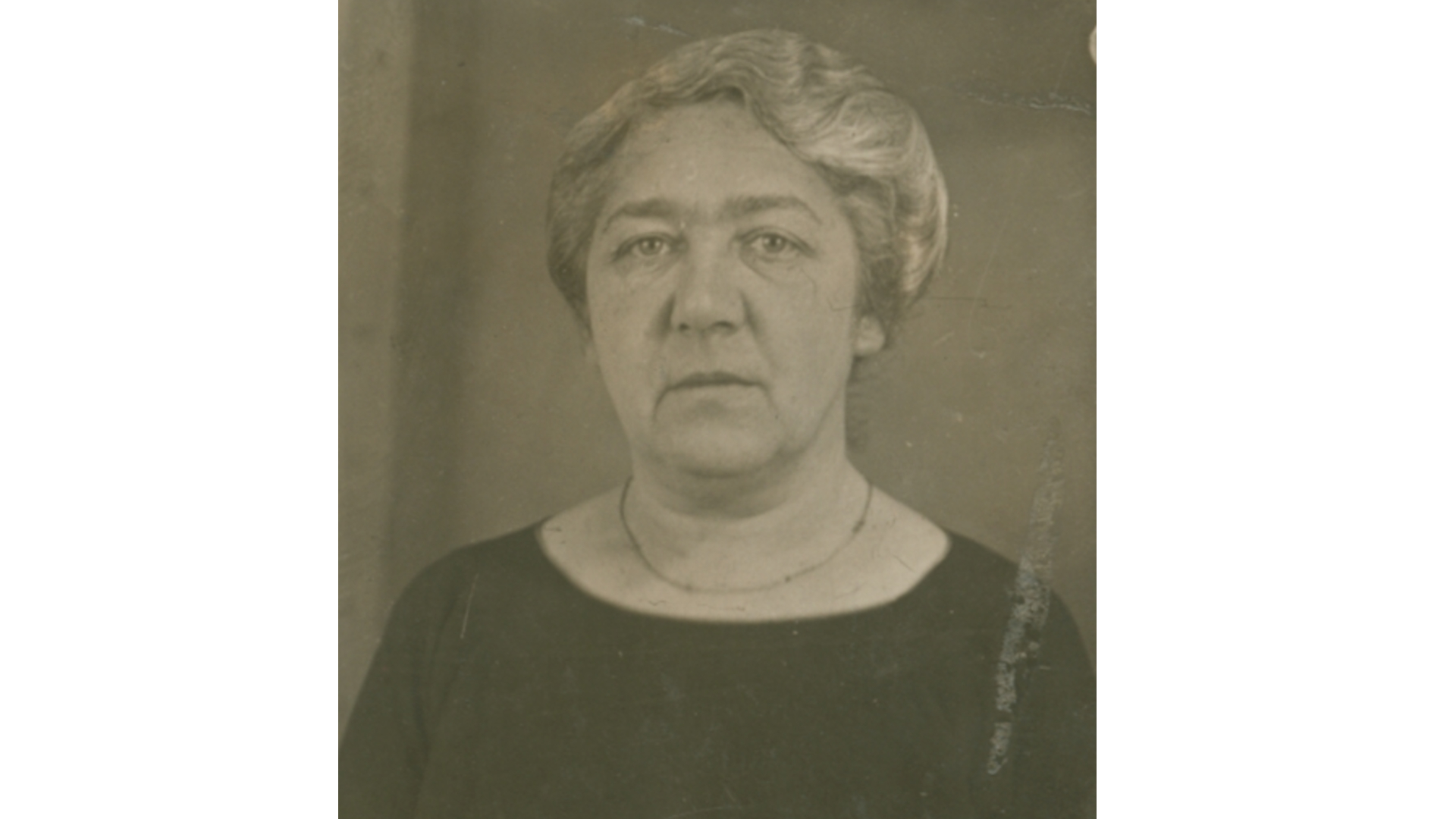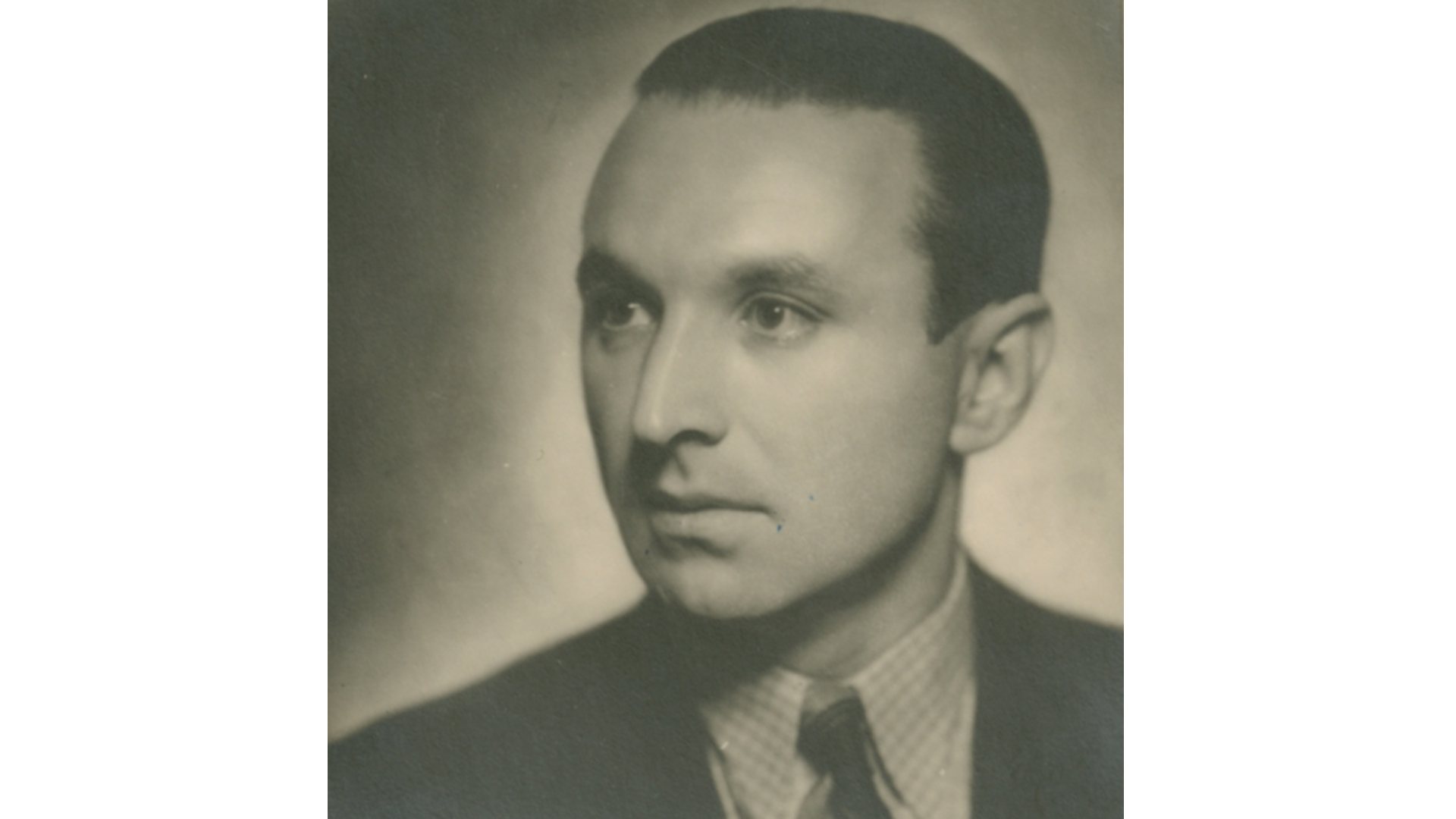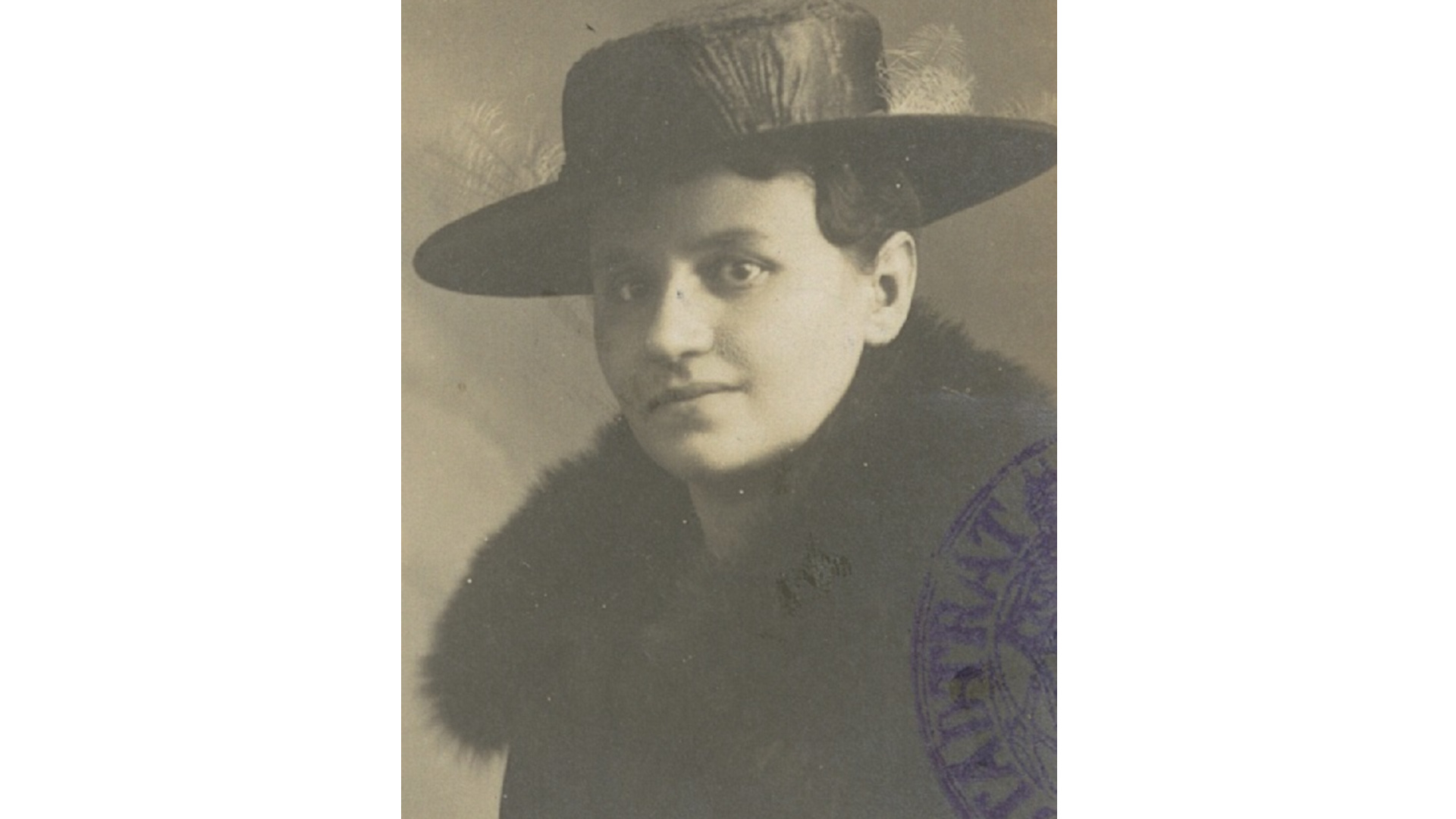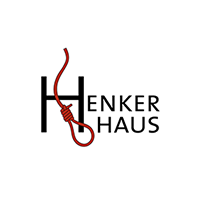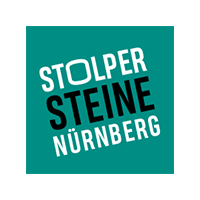| Location of stone: Hochstrasse 33 | District: Himpfelshof |
| Sponsors: Hubert Rottner Defet, Thommy Barth and others | Laying of stone: 22 May 2004 |
Biography
On 22 May 2004 Gunter Demnig laid the first stumbling stones in Nuremberg. These included the stone for Anton Quittner, who was murdered in Theresienstadt.
Anton Quittner, born on 6 January 1868 in Ungarisch-Brod in Moravia, was the son of tradesman Wilhelm Kaufmann and his wife Netti (née Schindler). On 31 October 1905 Anton moved to Nuremberg, having previously worked in Thalmässing. In Nuremberg he was employed as cultural officer by “Adas Israel”, an association for orthodox Jews.
Anton married Berta Goldschmidt in October 1907. She had been born on 28 April 1879 in Lohr am Main. The couple had two children: Hedwig (born 6 August 1908) and Martha (born 30 April 1918).
The youngest daughter died aged only 13 months. After completing her schooling, Hedwig worked as an office clerk. On 13 March 1933 she was sent to Erlangen Psychiatric Hospital. In the course of the “Aktion T4” euthansia programme, she was moved to Eglfing-Haar Psychiatric Hospital near Munich, on 16 September 1940. Four days later she was gassed in the Euthanasia Centre in Hartheim Castle near Linz.
Berta died on 18 November 1940 in Fürth. At the time, she was probably in the Jewish hospital there.
Anton was deported to Theresienstadt concentration camp on 10 September 1942. He died there a few weeks later, on 4 October.

